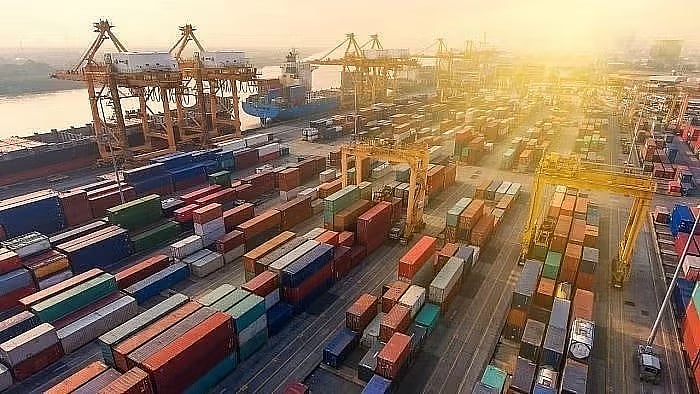
Representative image for imports.
Credit: iStock Photo
Bengaluru: With US President Donald Trump harping on India’s high tariff on imports in the run-up to his reciprocal tariff, the Indian government responded offering the olive branch on cutting import duties on certain US products from Harley Davidson motorcycles to bourbon whiskey in the hope of averting a major blow to its exports to the American market. Yet, the Indian government is clearly walking a tightrope between wooing the Trump administration and protecting the country’s interest.
Trade negotiations from the US’s perspective have focused on enhanced market access in India. Corporate giants such as Apple and Motorola have also been banking on their growth stories in India, for which they would require ease of access.
Other items under scrutiny include certain dairy products and medical devices, where the US seeks improved market access, noted Mukul Goyal, co-founder of Stratefix Consulting.
Over the past few weeks, India has reduced tariffs on about 8,500 industrial items, cutting duties on key US commodities. Of these, luxury motorcycles and bourbon whisky were particularly referred to by Trump during his tirade on India’s high tariff regime.
Motorcycles saw basic customs duty on completely built-up (CBU) units reduced from 50% to 30% for those with energy capacities above 1,600 cc and 50% to 40% for engine capacities up to 1,600 cc, in the recent Union Budget. Liquor import duties were lowered from 150% to 100% in February this year.
There have also been efforts to support Indian manufacturers brace against the impact of the reciprocal tariffs. Last month, the government removed import duties on several goods used to manufacture EV batteries and mobile phones.
“However, luxury goods remain largely untouched due to domestic sensitivities and protectionist policies aimed at safeguarding local producers,” Goyal added.
For the same reasons, India has been cautious about lowering import duties on agricultural products, with the last such exercise being in 2023 when the tariff on pecans was brought down from 100% to 30%. But now, with the Damocles sword hanging over it, the Indian government is reportedly toying with the idea of cutting tariff even on farm products, besides other sectors.
India has also offered to buy more American oil, LNG and defence equipment in an effort to bridge its bilateral trade gap.
Going forward, there is an intent to negotiate a comprehensive trade deal by the end of 2025, said Vikram Kasat, Head - Advisory, PL Capital, with a tariff swap being the likely outcome. India is likely to seek removal of US tariffs, restoration of GSP (Generalised System of Preferences) benefits, and better market access.
“Arising from negotiations, the US may roll back its new 27% tariffs in return for India cutting duties on autos, especially EVs, along with agri-products like almonds and apples, and alcohol. An early harvest deal may focus on sectors like defence, where large Indian procurements could serve as a goodwill gesture to unveil and unlock progress on the trade returns,” he added.